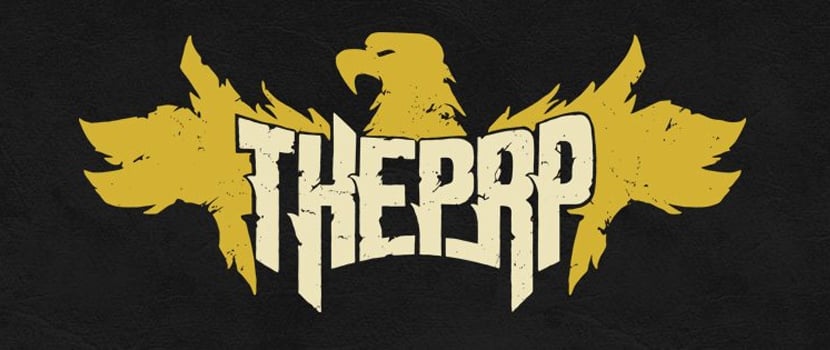Trump’s Trade War Is Here and Promises to Get Ugly

As he ran for a second term, President Donald Trump promised to impose sweeping tariffs. On Saturday, he pressed the launch button. In three executive orders, Trump placed 25 percent tariffs on almost all imports from Canada and Mexico and a 10 percent tariff on goods from China. In response, Canada announced its own 25 percent tariff on more than $100 billion in American goods. Mexico and China similarly promised retaliation.
The trade war that most dismissed as too economically disastrous to actually undertake is now here. In a lesson many analysts and commentators fail to learn over and over, it is wise to take Trump both seriously and literally.
With the economies of the US and its two neighbors tightly intertwined, imposing tariffs will not just raise prices but also disrupt manufacturing. According to economist Paul Krugman, the tariffs represent the end of an integrated North American manufacturing hub that mutually benefited all three nations. “Now we have a US president saying that a duly negotiated and signed trade pact isn’t worth the paper it was printed on—that he can impose high tariffs on the other signatories whenever he feels like it,” Krugman wrote on his Substack. “And even if the tariffs go away, the private sector will know that they can always come back; the credibility of this trade agreement, or any future trade agreement, will be lost. So North American manufacturing will disintegrate—that is, dis-integrate—reverting to inefficient, fragmented national industries.”
Immediate effects loom. The National Homebuilder Association warned Trump that the tariffs will raise building costs, worsening the nation’s housing crisis by slowing construction and pushing home prices upward. Automobile costs, already high, will likely rise, as auto parts cross both the northern and southern border multiple times in the process of manufacturing American cars.
Economically, a trade war seemed like such a bad idea that financial institutions and individuals didn’t really believe it would happen. Less than two weeks ago, Goldman Sachs put the likelihood of Trump’s promised tariffs at 20 percent. The staunchly right-wing Wall Street Journal editorial board on Friday called the tariffs “The Dumbest Trade War in History.”
Canada quickly announced a retaliatory 25 percent tariffs on US goods, with an emphasis on products from Republican-controlled states, possibly a savvy way to apply pressure on Trump. Among those goods now taxed at 25 percent are Florida orange juice, Tennessee whiskey, and Kentucky peanut butter, according to the New York Times, as well as clothing, shoes, furniture, appliances. Canada is coordinating its strategy with Mexico, according to Canadian Prime Minister Justin Trudeau. Trump has said he would impose further tariffs if Canada and Mexico retaliate, raising the possibility that these are merely the opening shots in a new trade war.
While Trump long promised tariffs on China, it’s noteworthy that on Saturday, he saved his highest tariffs for America’s closest trading partners, neighbors, and allies. China faces only a 10 percent tariff so far. China promised retaliation as well.
Voter discontent over inflation was one of Trump’s biggest political advantages in the 2024 election, but the pain from his tariffs is likely to be passed on to consumers. (Trump admitted in a social media post on Sunday that Americans will feel pain from his tariffs and that it “will be worth the price that must be paid.”) Perhaps most immediately, economists warn, food costs are likely to rise. The price of cars, electronics, including cell phones, and clothing will also go up if the tariffs remain in place.
Source: View source



